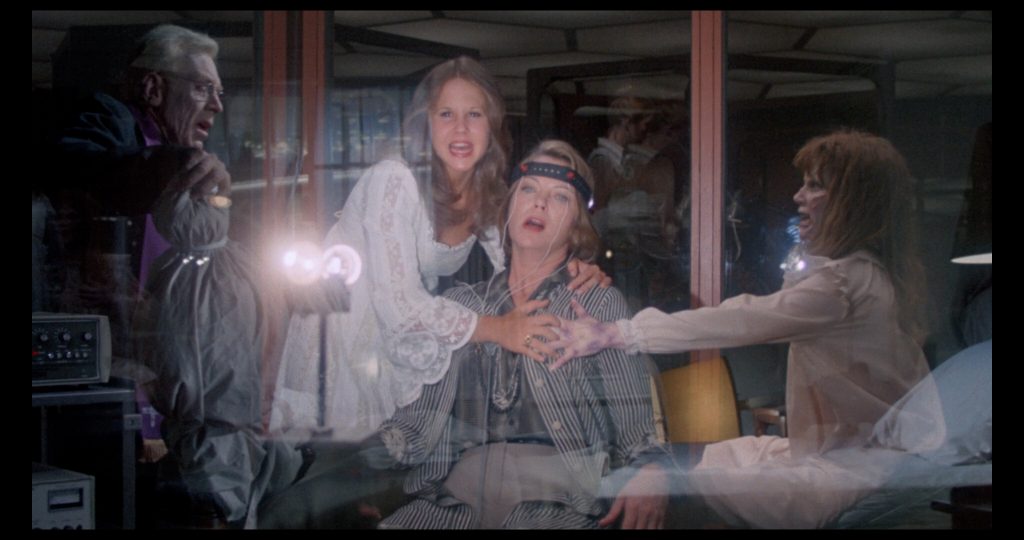No one sets out to make a bad movie, but plenty of bad movies do happen. If the people involved are lucky, their film lands with a quiet thud and they move on. However, sometimes the bad movie is the sequel to an iconic movie. This puts eyes all on the studio and the team responsible for it. The latter is definitely what happened to the team behind Exorcist II: The Heretic. As a millennial who doesn’t like the movie, I was shocked to find out just badly it was received. Where many documentaries might give you a cool overview of the movie and bring out the actors to say nice things, Boorman and the Devil isn’t interested in that. David Kittredge’s film transports us back to a bygone era of Hollywood as it provides the ultimate postmortem on this storied film.
Boorman and the Devil is Doing a Lot
Boorman and the Devil has a surprisingly long runtime because it’s not just about Exorcist II: The Heretic. It spends a good chunk of time explaining how Hollywood used to believe in filmmakers. It gives us an overview of the landscape and quite a few film history lessons. The doc highlights other filmmakers who became legends because they were allowed to hone their craft. It then segues into the career of John Boorman, a director who had found success by making unconventional films. So, when Warner Bros. offered him the chance to direct the sequel to The Exorcist, all eyes were on this production.
The documentary gives cool trivia, like the fact that Boorman turned down the chance to direct the first movie. It also explains all of the issues the movie faced even before cameras started rolling. From actors who passed away resulting in script changes, to Richard Burton’s eccentricities and unprofessionalism. However, Boorman and the Devil also manages to give us a glimpse of the excitement everyone who worked on it started with. While all of the interviews take a turn when they begin to tell the tales of surviving the movie, it’s hard to not follow their whimsy.
Our True Queen
Louise Fletcher is the star of the documentary, and the best example of this. When she explains she just wanted to be part of a big studio film where they spend money, she feels like your new favorite aunt. When she explains how Linda Blair was constantly late and Burton rubbed her the wrong way, you discover this woman is a national treasure.
The PR team behind Boorman and the Devil boasts that beloved filmmakers are also interviewed for the film. After all, who doesn’t want to hear what the likes of Karyn Kusama, Joe Dante, and Mike Flanagan think of Exorcist II: The Heretic? However, their clips are used sparingly as Kittredge is really more interested in celebrating what this movie got right. I want to revisit cinematographer William A. Fraker’s locust scene after watching the doc. I am also going to be stressed every time I think of the scene with Linda Blair on the roof now that I know how unsafe that was for her (and for Boorman).
I See The Vision Now
So, while Boorman and the Devil won’t change how you feel about Exorcist II: The Heretic, it might change how you look at it. The doc’s ability to celebrate the technical prowess of the movie, while serving as a love letter to a studio system that encouraged big swings, is what pulls you in and keeps you invested. It does not shy away from the frustrations and justified hard feelings of those involved. Nor does it let the media and more abrasive audience members off the hook. However, it blends it all together to give us the fullest and most honest account it can. That’s no small feat in this era of bias and misinformation. That makes the doc cool, and makes me appreciate a film that I hate in a different light. It reminds us that a lot of work goes into making even a bad movie.
While I don’t subscribe to every film being a miracle, I do think that we forget to celebrate the small wins on even the roughest projects. Hats off to Boorman and the Devil for doing what a good documentary should do.
